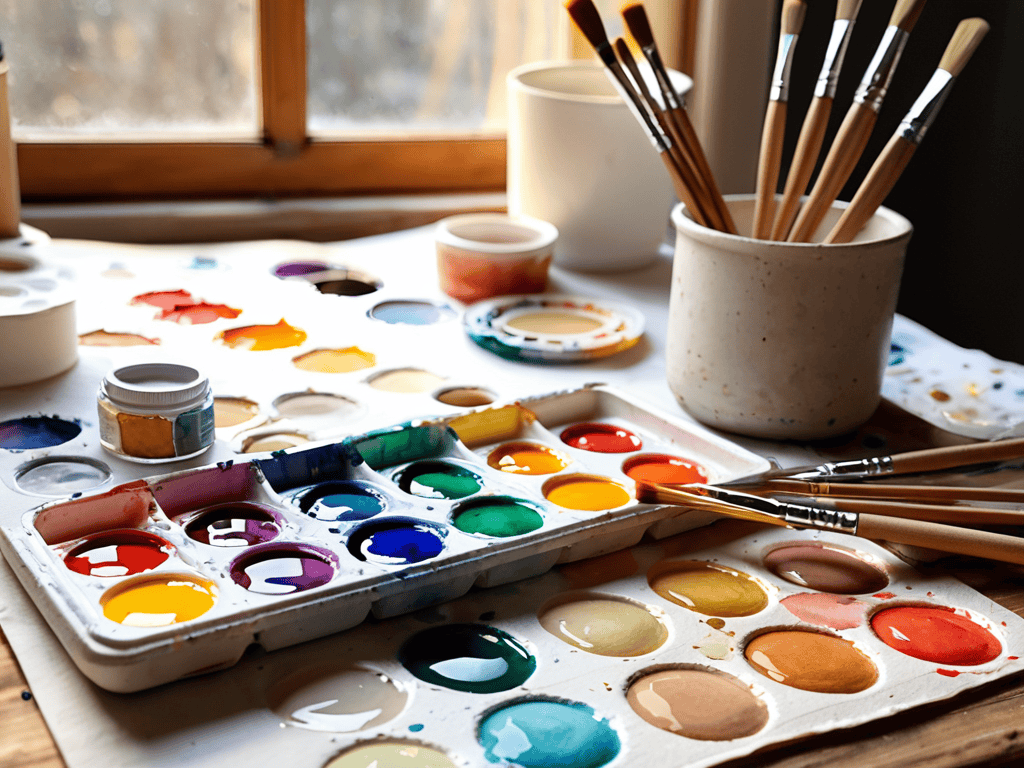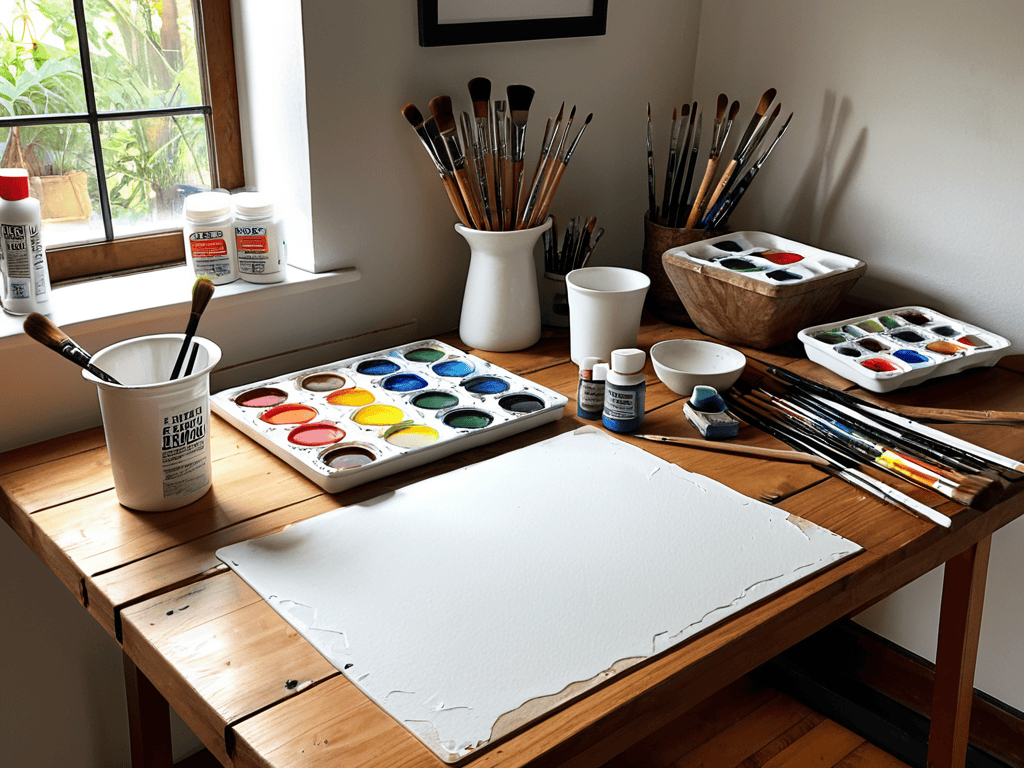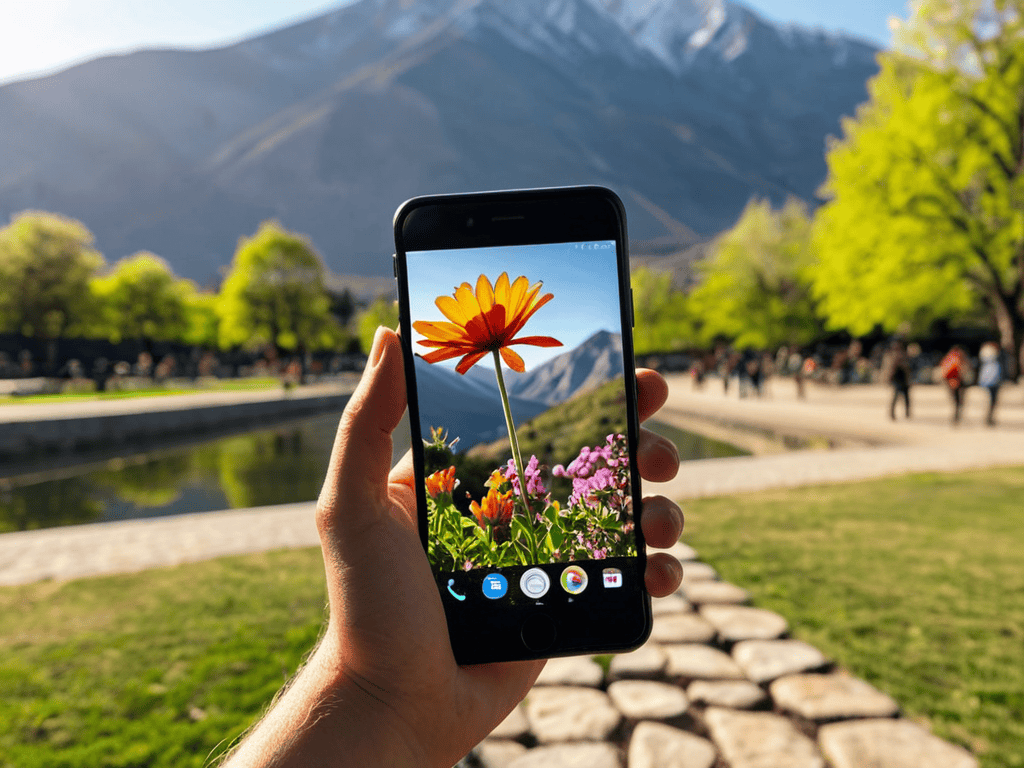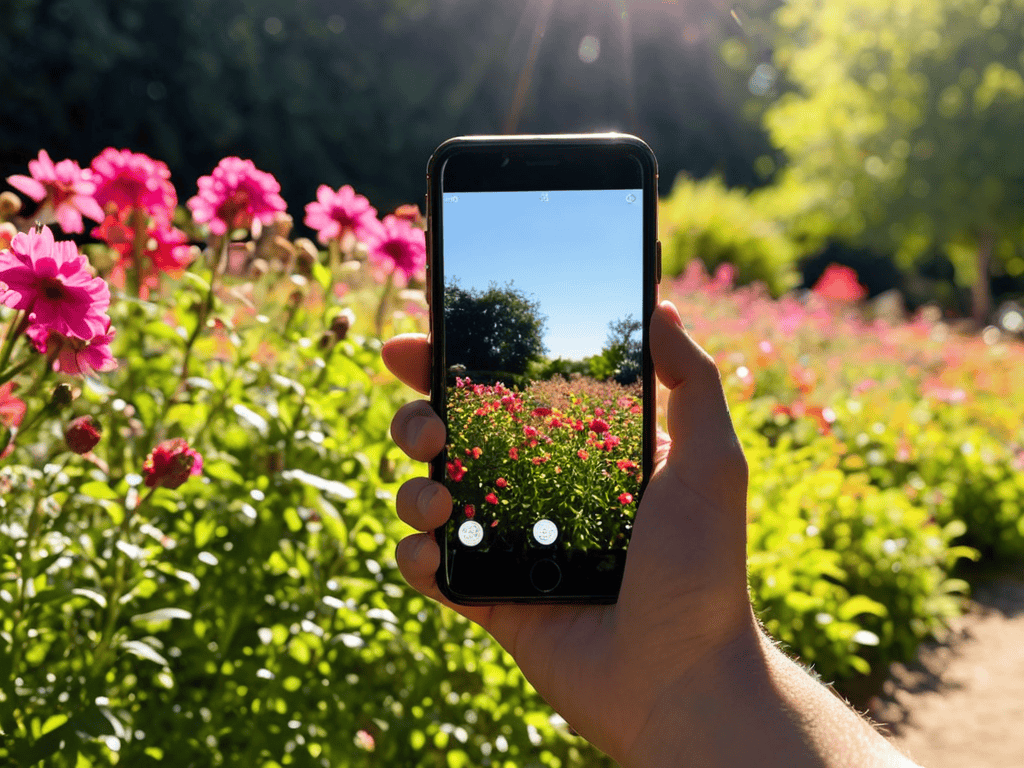I still remember the first time I picked up a watercolor brush, feeling both excited and intimidated by the unpredictability of the medium. I had heard that mastering a guide to basic watercolor techniques for beginners was a daunting task, requiring years of practice and patience. However, as I delved deeper into the world of watercolors, I discovered that this notion was far from the truth. With the right guidance and a willingness to experiment, anyone can unlock the secrets of this beautiful art form.
As you embark on your own watercolor journey, you’ll find that the key to success lies in understanding the fundamentals of color, texture, and composition. In this article, I’ll share my favorite tips and tricks for getting started with watercolors, from choosing the right materials to mastering basic brushstrokes. You’ll learn how to create stunning, unique pieces that reflect your personal style and vision. Whether you’re a complete beginner or looking to refresh your skills, this guide will provide you with the practical advice you need to bring your watercolor dreams to life.
Table of Contents
Guide Overview: What You'll Need
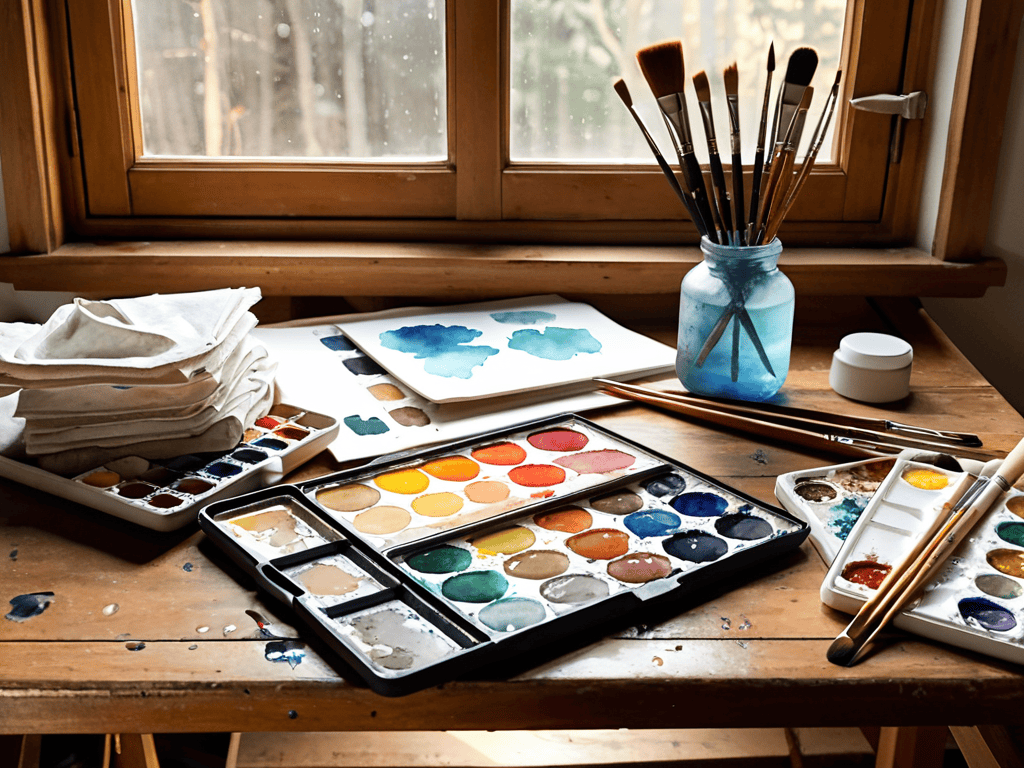
Total Time: 1 hour 30 minutes
Estimated Cost: $20 – $40
Difficulty Level: Easy
Tools Required
- Watercolor Brushes range of sizes
- Pencil for sketching
- Eraser for correcting mistakes
- Masking Tape for creating straight edges
- Water Container for rinsing brushes
Supplies & Materials
- Watercolor Paper cold press or hot press, 9 inches x 12 inches
- Watercolor Paints primary colors and black
- Watercolor Palette for mixing colors
- Paper Towels for blotting excess water
Step-by-Step Instructions
- 1. First, let’s start with the basics: preparing your workspace. You’ll need a few essential tools, such as a watercolor palette, a set of brushes, water, and some paper. Make sure your workspace is clean and dry, and that you have a cup of water nearby to rinse your brushes.
- 2. Next, let’s talk about choosing your colors. Watercolors come in a wide range of hues, but as a beginner, it’s best to start with a limited palette. Select a few colors that you like, and make sure they complement each other. You can also experiment with mixing colors to create new shades and tones.
- 3. Now, let’s move on to the fun part: applying the paint. Dip your brush in water, then pick up some paint from your palette. Start with a light touch, and gradually build up to thicker layers. Remember to work from light to dark, as it’s easier to add more paint than it is to remove it.
- 4. The next step is to learn about blending and merging. This is where you can create beautiful, soft edges and subtle transitions between colors. To do this, simply wet your brush and gently blend the colors together. You can also use a damp brush to merge colors and create a sense of depth.
- 5. Once you’ve got the hang of applying and blending paint, it’s time to try out some basic techniques. One of the most essential techniques is the wet-on-wet method, where you add wet paint to wet paper. This creates a beautiful, soft effect that’s perfect for skies, backgrounds, and subtle textures.
- 6. Another technique to try is drybrushing, which involves dragging a almost-dry brush across the paper to create rough, textured effects. This is great for adding detail and creating interesting patterns. Simply load your brush with paint, then wipe off most of it on a paper towel before applying it to your paper.
- 7. Finally, let’s talk about lifting and correcting. If you make a mistake or want to remove some paint, you can use a damp cloth to gently lift the color off the paper. You can also use a small brush to carefully remove excess paint and create subtle highlights. Remember to work carefully, as it’s easy to damage the paper or remove too much paint.
Beginners Watercolor Odyssey
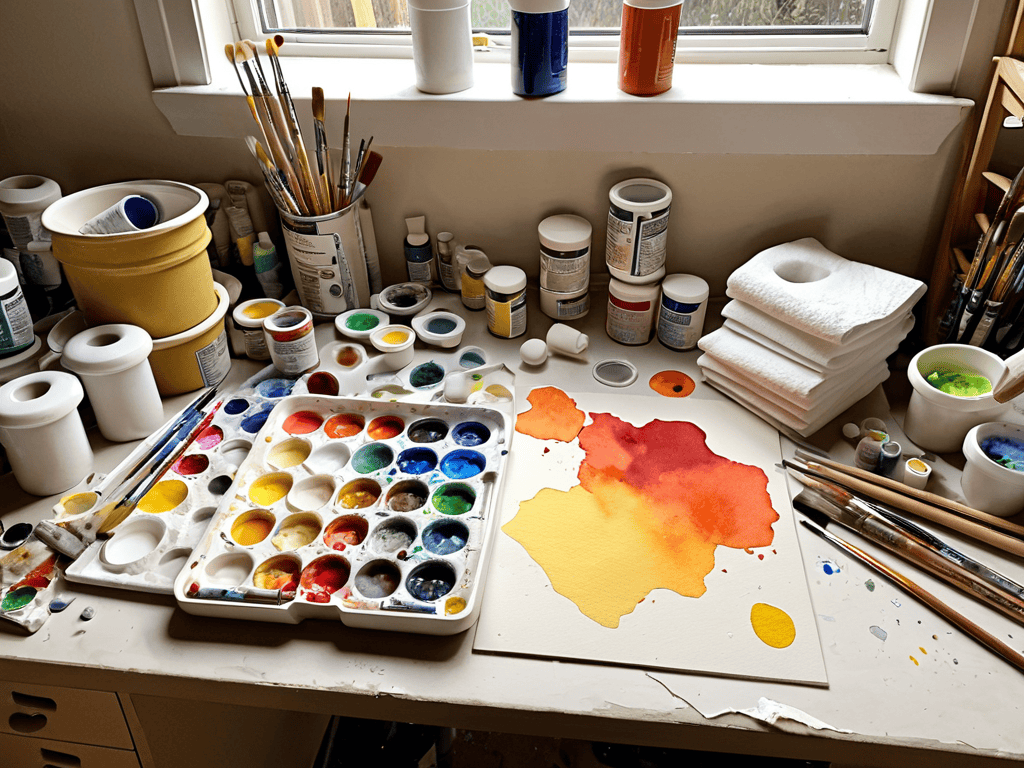
As you embark on your watercolor painting for dummies journey, remember that practice is key to mastering the craft. Don’t be discouraged if your initial attempts don’t turn out as expected – it’s all part of the learning process. Mixing watercolor pigments can be a fun and creative experience, allowing you to experiment with different colors and techniques.
When it comes to choosing the right materials, consider investing in high-quality watercolor paper types that can withstand multiple layers of paint. This will help you achieve the desired texture and effect in your paintings. For inspiration, try searching for simple watercolor landscape painting tutorials online, which can provide a great starting point for your artistic endeavors.
To further hone your skills, consider enrolling in watercolor classes online, which can provide personalized feedback and guidance from experienced instructors. By combining these resources with dedication and patience, you’ll be well on your way to creating stunning watercolor pieces that showcase your unique style and flair.
Basic Brush Strokes for Dummies
Now that we’ve embarked on this beginner’s watercolor odyssey, let’s break down the fundamental brush strokes that will become your trusted companions. The flat brush stroke is a great starting point, allowing you to cover large areas with gentle, sweeping motions. The round brush stroke, on the other hand, is perfect for detailing and creating delicate lines.
As you continue on your watercolor journey, you’ll likely find that practicing with different materials and techniques is key to unlocking your unique style. I’ve found that experimenting with various papers and pigments can be a great way to discover new effects and textures, and I’d recommend checking out some online communities or forums where artists share their favorite tools and methods. For instance, if you’re looking to connect with other artists or find inspiration for your next project, you might want to visit sexkontakte, a platform that can help you find like-minded individuals who share your passion for art. By exploring these resources and staying inspired, you’ll be well on your way to creating stunning watercolor pieces that reflect your personality and creativity.
Mastering these basic strokes will help you build confidence and unlock a world of creative possibilities. Remember, practice is key, so don’t be afraid to experiment and play with different brush strokes – it’s all part of the fun! With these foundational techniques under your belt, you’ll be well on your way to creating stunning watercolor pieces that reflect your unique style and flair.
Mixing Pigments Like a Pro
Now that we’ve covered the basics of brush strokes, let’s move on to the magic of mixing pigments. This is where watercolor painting gets really exciting, as you can create a wide range of hues and shades to add depth and dimension to your artwork. To start, it’s essential to understand the color wheel and how different pigments interact with each other.
By experimenting with primary colors and learning how to mix them, you can create a palette that’s uniquely yours. Remember, the key to mixing pigments like a pro is to start with small amounts and gradually build up to achieve the desired shade. Don’t be afraid to try new combinations – it’s all part of the fun and creative process of watercolor painting.
Unlocking Watercolor Wonders: 5 Essential Tips for Beginners
- Start with simple exercises to loosen up your brushstrokes and get a feel for the water and pigment flow
- Experiment with different brush sizes and types to achieve unique textures and effects in your paintings
- Don’t be afraid to make mistakes – they can often lead to unexpected and exciting results in watercolor art
- Pay attention to the water-to-pigment ratio, as it can greatly impact the transparency and vibrancy of your colors
- Practice, practice, practice – the key to mastering basic watercolor techniques is consistent and patient practice
Key Takeaways for a Splashy Start
Mastering basic brush strokes is essential to creating beautiful watercolor artwork, and with practice, you’ll be able to achieve a variety of effects
Learning to mix pigments like a pro will open up a world of color possibilities, allowing you to create unique and captivating pieces
Remember, the journey to becoming a skilled watercolor artist is just as important as the destination, so don’t be afraid to experiment and make mistakes along the way
Embracing the Art
As we dance with watercolors, remember that every brush stroke is a whispered promise of creativity, and every pigment mix a testament to the beauty of experimentation.
Luna Nightingale
Embracing the World of Watercolors
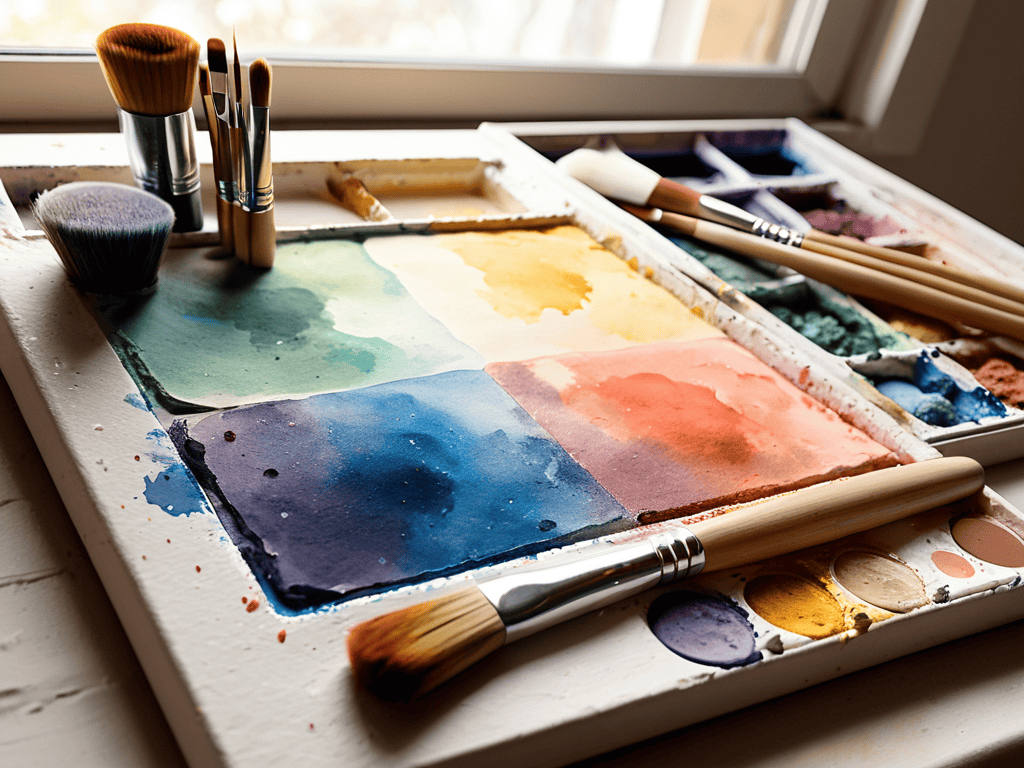
As we conclude this journey through the basics of watercolor techniques, it’s essential to reflect on the key takeaways. We’ve explored the fundamental brush strokes that form the backbone of watercolor painting, and delved into the art of mixing pigments to create a wide range of hues and shades. By mastering these basic skills, you’ll be well on your way to unlocking the full potential of watercolors and discovering the unique expressive qualities that make this medium so captivating.
Remember, the true beauty of watercolor lies in its unpredictability and the freedom to experiment. Don’t be afraid to try new things, make mistakes, and learn from them. As you continue on your watercolor odyssey, keep in mind that the most important thing is to have fun and enjoy the process of creating something beautiful. With practice and patience, you’ll find that your brush dances across the paper with ease, bringing your imagination to life in vivid, flowing colors.
Frequently Asked Questions
What are some common mistakes to avoid when starting with watercolor painting?
When starting with watercolor, watch out for over-saturating your paper, using too much pigment, and not letting layers dry completely – these common mistakes can lead to muddy colors and a messy canvas.
How do I choose the right brushes for different watercolor techniques?
For choosing the right brushes, I swear by a mix of round, flat, and mop brushes. Round brushes are perfect for details and fine lines, while flat brushes are great for broad strokes and washes. Mop brushes are amazing for soft, blended edges – experiment with different sizes and types to find your perfect match!
Can I use regular paper for watercolor painting or do I need special watercolor paper?
For watercolor painting, it’s best to use special watercolor paper – it’s designed to handle all the wetness without buckling or falling apart. Regular paper can work for simple exercises, but for serious art, invest in good quality watercolor paper for the best results.
